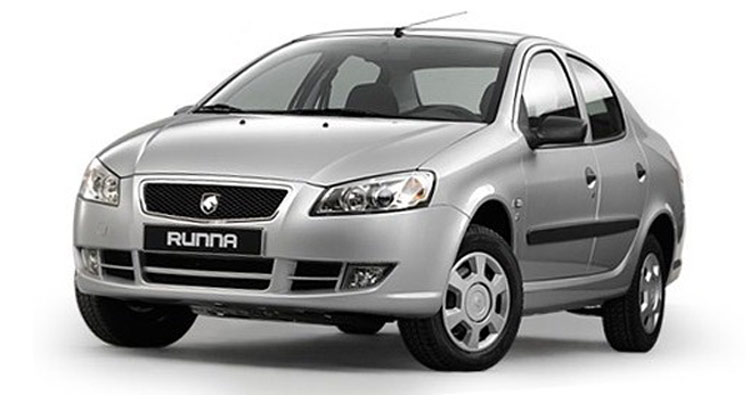With so much going on in Iran these days, it’s hard to also see that it has the potential to be a huge automotive market once tapped by the big names. This could happen once the agreement to halt (alleged) development of nuclear weapons goes through.
Iran’s domestic car production peaked in 2011, when it produced an impressive 1,649,312 units; this fell drastically in 2012 (by more than half) and then by another half in 2013. Now, the figure has rebounded to pre 2012 levels and this along with the deflation of nuclear tensions could open the floodgates for major manufacturers to penetrate the market.
Currently, the country’s two major makers of light vehicles are Iran Khordro (which makes/made Kias, Peugeots, Renaults, Suzukis and its own models based on donated tech) and SAIPA (also a partnership-based joint venture kind of deal).
According to Automotive News, “analysts see potential in Iran because of its size and great pent-up demand. It has 77 million people — slightly more than Turkey and nearly as many as Germany. Most do not own cars now, and a sizable younger generation will soon reach car-buying age.”
It explains that the more extensive westernization of Iran’s automotive industry could have happened sooner had nuclear weapon tensions not escalated the way they did in 2011 and 2012 when sanctions were imposed against the country.
Now things are simple, explains Stephanie Vigier, the principal Middle East analyst at IHS in Paris. She states unequivocally that “if there’s a nuclear agreement, there will more and more development of the auto industry.”
Note: IKCO Runna sedan you see pictured, one of the latest models, is based on the old Peugeot 206 (you can see it in the shape of the doors and mirrors)








